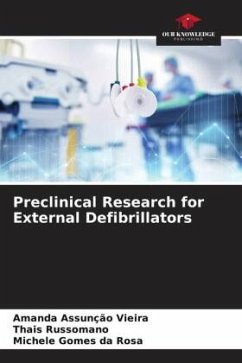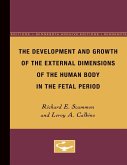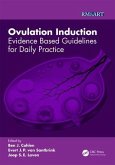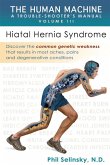It is widely accepted that the physical characterization of medical defibrillation equipment, especially that obtained through mechanical testing and electrical safety testing, is a critical step in transforming innovative concepts into reliable products for use in humans. However, considering that ventricular defibrillation applied to the chest by means of an electric shock is not necessarily a harmless procedure, since studies have demonstrated both morphological damage and functional impairment of the heart caused by successive shocks, the information obtained through preclinical testing allows us to relate the safety and efficacy of electric shock in experimental animals in order to determine any undesirable side effects under normal conditions of use and assess whether these constitute risks based on the predictable functioning of the device.
Bitte wählen Sie Ihr Anliegen aus.
Rechnungen
Retourenschein anfordern
Bestellstatus
Storno








